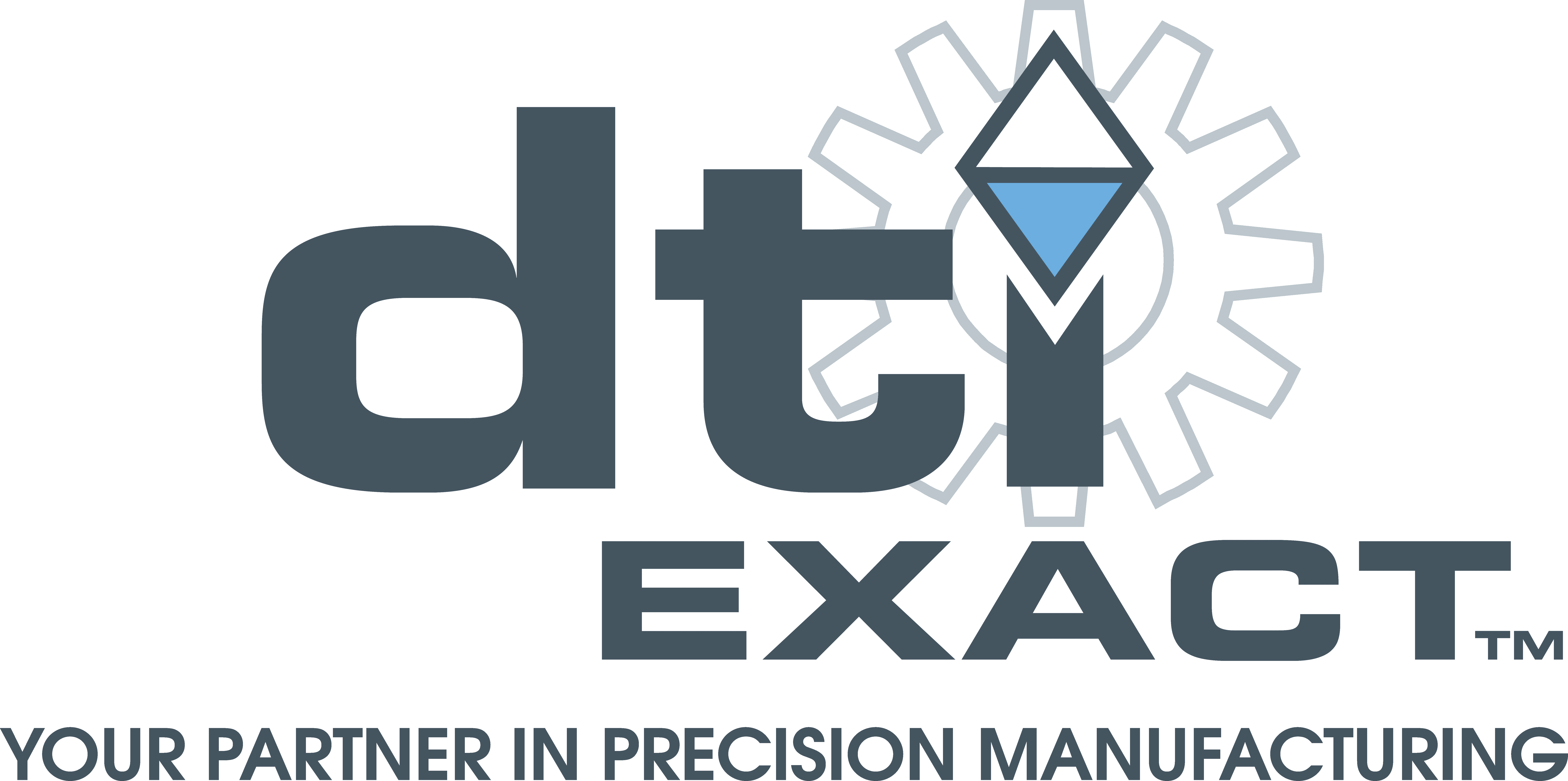Manufacturing sectors such as the aerospace, medical, and automotive industries need machining providers who can produce high-quality products with the utmost efficiency. This is why selecting a provider who offers value-added services on top of standard processes is beneficial. This allows a customer to rely on a single source for their various project needs, with that one provider being responsible for overseeing product handling and quality control.
After machining parts to customers’ specifications, there are oftentimes additional machining finish services required. Here are some examples service providers may offer:
Laser Marking
By focusing a beam of high-intensity light onto a surface, markings are permanently etched, engraved, or annealed into surfaces of finish products made from metals, rubber, polymers, and many others, changing the materials’ look and properties. Because the beam of light targets a specific area, this allows the laser marking machine to quickly create easy-to-read and easy-to-scan markings with precision on basically any surface.
The markings are generally used for product marketing or traceability purposes and are usually in the form of part numbers, serial numbers, barcodes, graphics, company logos, or QR codes. Since part traceability is important during the life of a part, using a superior method like laser marking instills trust through accountability and assists in providing a professional finish to completed components.
Using a laser marking machine over other methods can mean:
- Adherence to industrial mandates
- Efficiency resulting from less product waste
- Reduces concerns of product quality and counterfeiting
- Supply chain accountability
- Product brand recognition
Laser marking also has applications in processes such as carbon migration and discoloration.
Lapping
The loose abrasive process (LAP) encompasses various low-speed surface finishing operations where loose abrasive powders mix in with a liquid to create a grinding means. This averaging process through the use of a liquid cutting tool can create products that require tight tolerances of finish, flatness, or thickness.
The part to be ground is placed against a rotating lap plate applied with the liquid cutting tool, which consists of those loose abrasive particles mixed in with a liquid substance like water or oil. The rotating lap plate grinds against the part, manufacturing uniformly smooth surfaces. The largest amount of material is removed where the high point of the part’s surface comes in contact with the flat lap plate.
Other grinding finishing processes require the clamping of a part as it is being ground, which may cause distortions on the clamped features. Since lapping does not require part clamping, the entire part receives a uniform finish.
Advantages lapping can accomplish include the following:
- Addressing and fixing small imperfections in the shape of a product
- Creating parts with precision and exact flatness callouts
- Producing a close fit for the mating surfaces
- Refining the finish of a surface and/or removal of machined feed lines
Industries that can benefit from the lapping process include ceramic machining, brittle material machining, and glass machining.
EDM Hole Drilling
EDM hole drilling is an accurate and efficient machining process on conductive metals that produces holes that are small in diameter but deep. This is done by using an energized rotating tube electrode with high-pressure flushing that pierces the metal to form anything from normal clearance holes or to tight tolerance holes in materials of varying degrees of hardness.
Physical-force drilling can’t always perform needed functions, such as rapidly drilling holes one after the other, particularly if the material is too hard. The harder the material, the faster physical-force drill tools will wear and require costly replacements. With the EDM method, if the tubes need replacing, the cost to do so is minimal.
Industries that can benefit from this value-added service creating precision-positioned, tight tolerance holes are:
- Aerospace
- Automotive
- Energy
- General and mold manufacturing
- Healthcare
- Tool and die
Beyond simple hole drilling for various applications, other services that the EDM method of drilling can provide are:
- Generating cooling holes in aerospace engine parts
- Removing broken taps, drills, or reamers
- Starting wire EDM holes
Value-Added Services From dti EXACT™
In addition to offering standard machining capabilities, dti EXACT™ provides value-added services like EDM hole drilling, lapping, and laser marking to ensure the efficient production of high-quality parts. These services tie in with our commitment to customer satisfaction and continual innovation. We focus on precision, tolerance-sensitive tooling, and quick turnaround times.
Contact us for a solution to your single-source machining and manufacturing needs.




